Germany Now
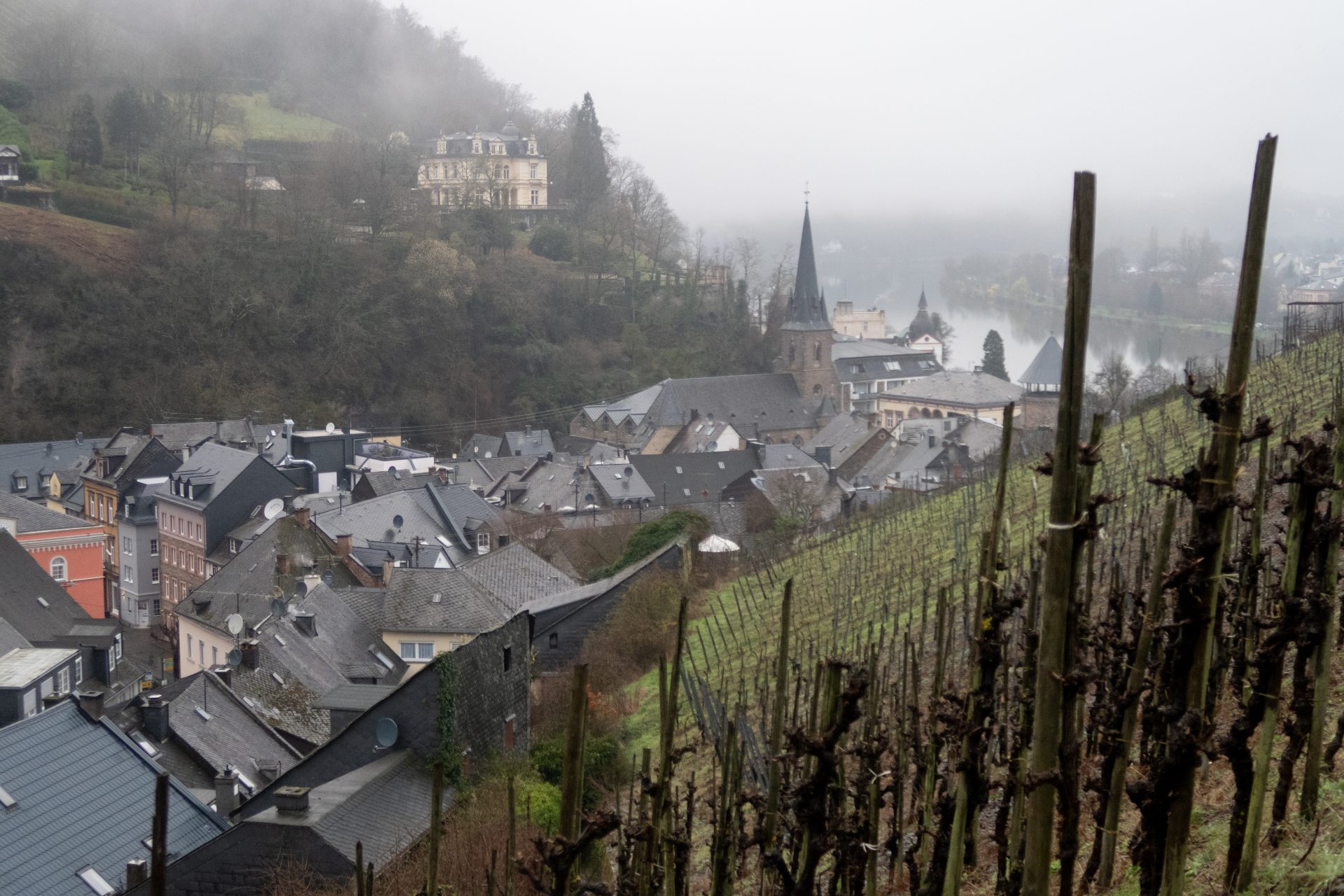
My last visit to Germany was seven years ago.
For the record, I was booked to go in 2020 – but we all know what happened that year. Perhaps that extended time away served to sharpen my gaze.
On this trip, I traipsed through the wine regions of Ahr, Mosel, Nahe and Rheinhessen. I also spent some time tasting wines of the VDP (Verband Deutscher Prädikatsweingüter), a 200-member association of Germany’s elite estates.
My conclusion is there is LOTS to get excited about. Following are my top ten takeaways.
SPARKLING RECOGNITION
Bubble-crazed Germany has been making excellent traditional method fizz for many years but never has there been such a critical mass. In 2018, the VDP announced a new classification specifically for bottle fermented sparklers. The organization compares its standards with those of Champagne. Among other stringent production regulations, it requires a minimum 15 months on the lees and 36 months for the highest Prestige level.
Aldinger Brut Nature, 2017, Württemberg
While I couldn’t find the VDP.Sekt.Prestige seal on the bottle, this classic blend of hand-picked, estate-grown Chardonnay, Pinot Noir and Pinot Meunier is aged a full 60 months on the lees. It is properly autolytic with toast, nuts and buttery berry scone scents. The creamy, persistent mousse carries flavours of baked apple and candied lemon rind. Tangy acidity draws out the savoury, smoky finish.
SILVANER TRANSLATES TERROIR
Silvaner has been enjoying a renaissance for a few years now, particularly in the Franken region. It is even showing up in intriguing sparkling versions. However, it is the dry, still examples that really demonstrate this grape’s striking ability to express place.
Rudolf May Himmelspfad Silvaner Grosses Gewächs, 2022, Franken
I fell in love with this wine when I tried it blind last year and was captivated yet again revisiting it next to the equally impressive Rothlauf bottling. While the latter hails from red sandstone, the Himmelspfad vineyard sits on shell-limestone. It is concentrated, textured and structured yet with a graceful, effortless flow. Grilled nuts, orchard apples, lemon and earthy minerals suffuse.
THE RISE OF PIWI VARIETIES
I remember trying some experimental fungal resistant crossings on my last trip that were still identified by their laboratory names (like VB. Cal. 6-04). This time I was greeted by catchier monikers like Cabernet Blanc, Calardis Blanc, Muscaris and Souvignier Gris – much more evocative of their parentage and/or taste profile. Furthermore, a growing number of producers are enthusiastically championing these. There is even a collective called ‘Zukunfte Weine’ meaning ‘Future Wine’ to raise awareness and acceptance of PIWI varieties.
Weingut Hamm Souvignier Gris dry ‘Zukunftwein’ Ingelheimer Ortswein, 2022, Rheinhessen
What was thought to have Cabernet Sauvignon as a parent turned out to be a crossing of Seyval Blanc and Zähringer. And while Souvignier Gris is said to resemble Pinot Gris, this example presents as a toned-down Sauvignon Blanc. Grassy and gooseberry hints meet scents of lemon balm. Fruity flavours lead with passion fruit. Just enough zippy acidity to refresh.
NATURAL WINE
Still niche and still more appreciated abroad than in Germany (at least according to Christine Pieroth who exports 90% of her wines), natural wines are increasing in quality. Pieroth’s Piri Naturel label is a case in point – particularly her still wines.
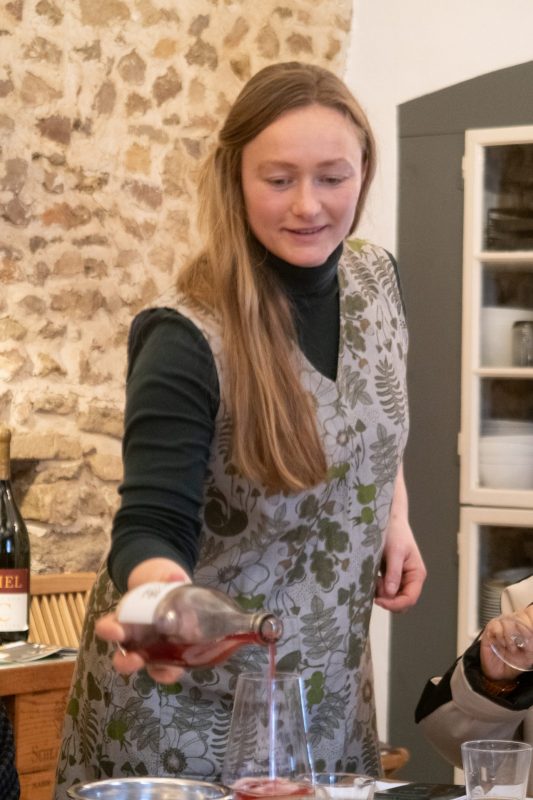
Piri Naturel Pinot Blanc, 2019, Nahe
Made from 70-year-old Weissburgunder vines planted by Pieroth’s grandfather. Long ageing on the lees in neutral barrels gives an intense pastry character. There is also delicate almond blossom, fleshy yellow plum and citrus zest. Textured, tactile, and almost unctuous with an innate juiciness that balances.
BURGUNDY GRAPES
Plantings of Pinot Gris, Pinot Blanc and Chardonnay have all increased steadily over the last ten years, and Pinot Noir (or Spätburgunder) continues to hold firmly covering approximately 11% of Germany’s vineyards. The J. Neus winery is going against the grain in Rheinhessen and hanging its hat firmly on the above, rather than Riesling. “The success of these grapes is partly due to the rising prices in Burgundy,” says managing director Simon Kissmann.
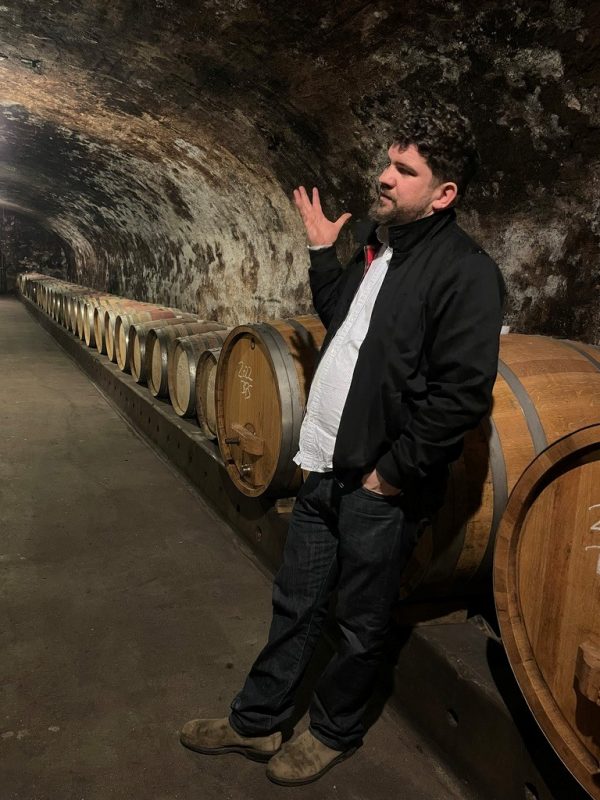
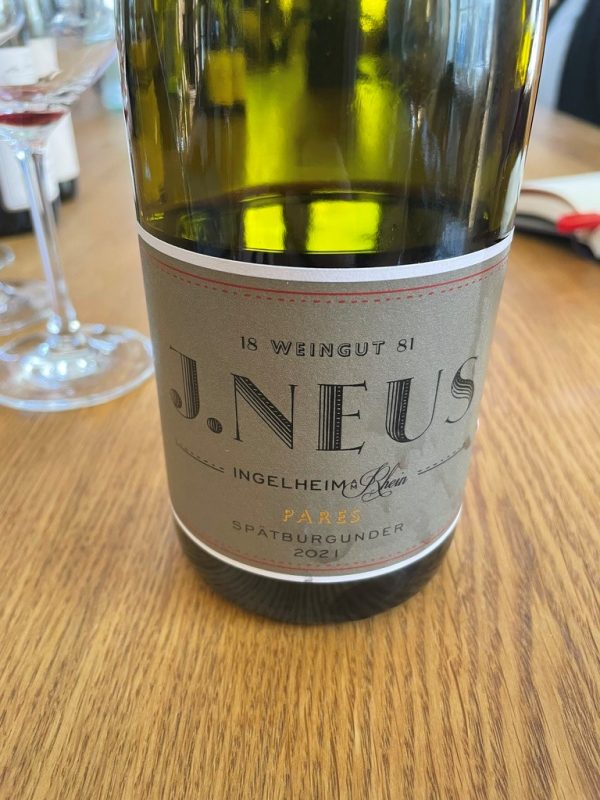
J. Neus Pares Spätburgunder Grosses Gewächs, 2021, Rheinhessen
The Pares vineyard is one of the warmest in the village of Ingelheim, however Neus’ parcels sit high up where diurnal differences are more extreme. Flinty and reductive at first, the 2021 transitions quickly to pure raspberry and strawberry. The palate is lightweight with an energy that builds – as do flavours of black currant. Bright acidity and tight, stony tannins provide structure to this silky, elegant Pinot Noir.
FRÜHBURGUNDER
Don’t worry, this grape is new to me as well. It’s a specialty in the region of Ahr as well as the Ingelheim village in Rheinhessen. A natural mutation of Spätburgunder, its synonyms include Pinot Madeleine and Pinot Noir Précoce (as it ripens earlier than its parent) and is often compared to Gamay for its soft tannins and fleshy fruit. I’m not sure that Frühburgunder is actually trending, but I went from having never tried it, to tasting a half dozen examples.

Adeneuer Frühburgunder, 2022, Ahr
Gorgeously floral scented – rose potpourri meets fresh raspberry. A vibrant mineral note streaks through the fruity core. Light on its feet with delicate tannins, this is a great candidate to chill and chug.
RIESLING STILL RULES
What more is there to say? About half the globe’s plantings of Riesling are in Germany and it accounts for almost 24% of the country’s vineyards. It’s made in all styles and represents some of the world’s most thrilling wines. Here is just one that captivated me.
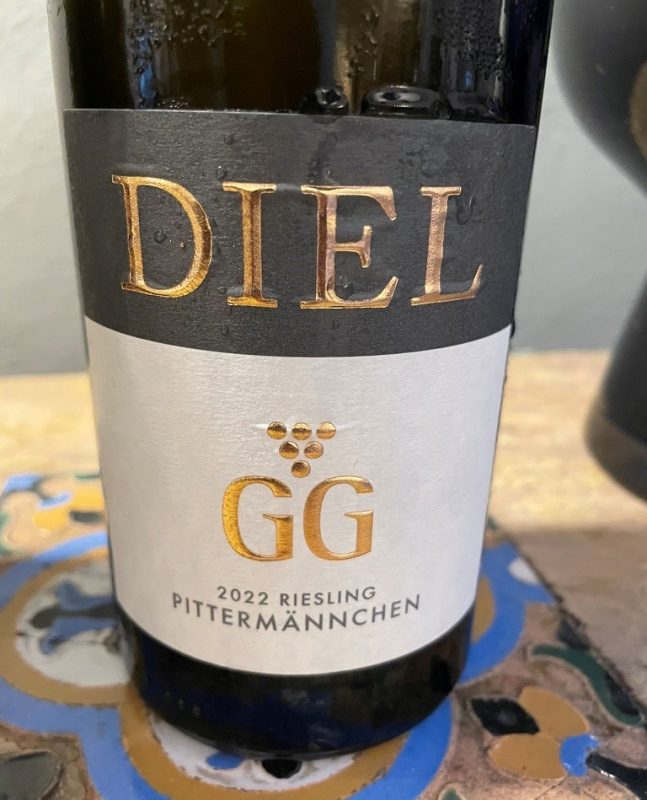
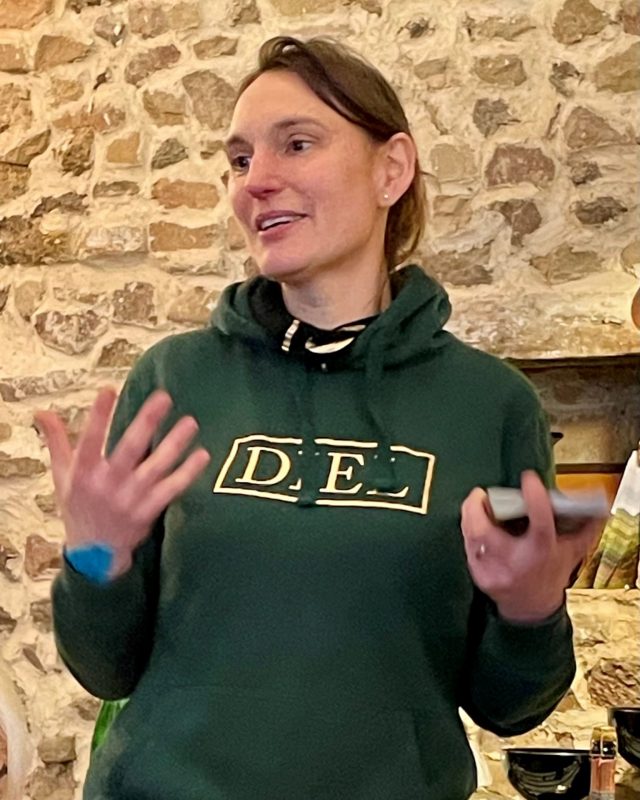
Diel Pittermännchen Riesling Grosses Gewächs, 2022, Nahe
Caroline Diel explains that Pittermännchen’s soil is made up of tiny fragments of decomposed slate (not big chunks as in the Mosel). Penetrating aromas of lemon oil, petrichor and smoke lead to the firm, linear, austere palate. This is mineral-driven and chiseled with racy acidity than seems squeezed from stone. Warm, wet slate repeats with a surprising hint of red currant and a saline tang to finish.
THE ‘KIDS’ ARE CRUSHING IT
Generally, the most exciting thing about any wine region is the new generation. Germany is teaming with young winemakers pushing the boundaries. Angelina and Kilian Franzen where just 20 and 23 respectively when they suddenly had to leave their studies at Geisenheim to take over Kilian’s family estate in 2010. They didn’t want to make wines by the rules. Long, spontaneous fermentations result in malolactic fermentation – definitely not the norm for Riesling.
Franzen Calmont Riesling trocken, 2021, Mosel
As stunning as the Grosses Gewächs are here, this excellent-value Riesling trocken deserves a mention. It hails from Europe’s steepest vineyard. Calmont means hot mountain and the south facing slope is an almost vertical 65 degree drop. A fine interplay of power and finesse. Sun warmed slate and delicate spring herbs emerge from a backdrop of crisp apple. Persistent and focused.
VDP LIGHTENING UP
Last year, VDP members decided that all wines classified as VDP.Gutswein should be bottled in lightweight glass bottles (less than 420 grams). This year, they’ve introduced a new Grosses Gewächs bottle which has been whittled down from 750 to 580 grams. Iconic VDP member Gunderloch has been at the forefront of sustainability under the direction of the young Johannes Hasselbach. Besides the lighter bottle, he no longer uses capsules and has achieved organic certification for most of his wines.
Gunderloch Pettenthal Riesling Grosses Gewächs, 2022, Rheinhessen
On red clay slate, Pettenthal yields an exuberantly scented 2022. Citrus cordiale, apricot, anise and flinty pebbles burst from the glass. While less expressive, the palate packs plenty of promise into its concentrated, fleshy core. Bracingly dry with boundless energy.
SWEET RIESLING ISN’T GOING AWAY – NOR SHOULD IT
Despite the rise of dry German Riesling and all my enthusiasm for it, exceptional sweet versions still exist, and they behoove all Riesling-lovers to find opportunities to crack a bottle. My preference is to drink these with age allowing the sugar to become seamlessly embedded.
Erben von Beulwitz Kaseler Nies ‘chen Riesling Auslese Alte Reben Auktionwein, 2015, Mosel
Just starting to get into its honeyed, marmalade, candied herb, crystallized floral phase. Alongside Crème Catalan, a distinct pineapple flavour emerges and the creamy texture of both meld into one. Mouth cleansing acidity cuts through all the richness and sweetness leaving the palate refreshed and gratified.
feature image: Vineyards above Traben-Trabach in the Mosel
photo credits: all photos courtesy of Michaela Morris
